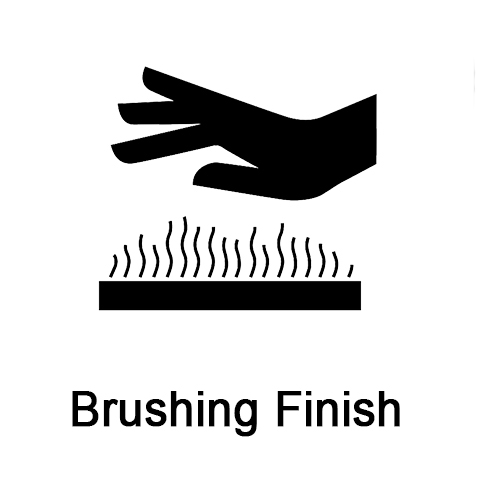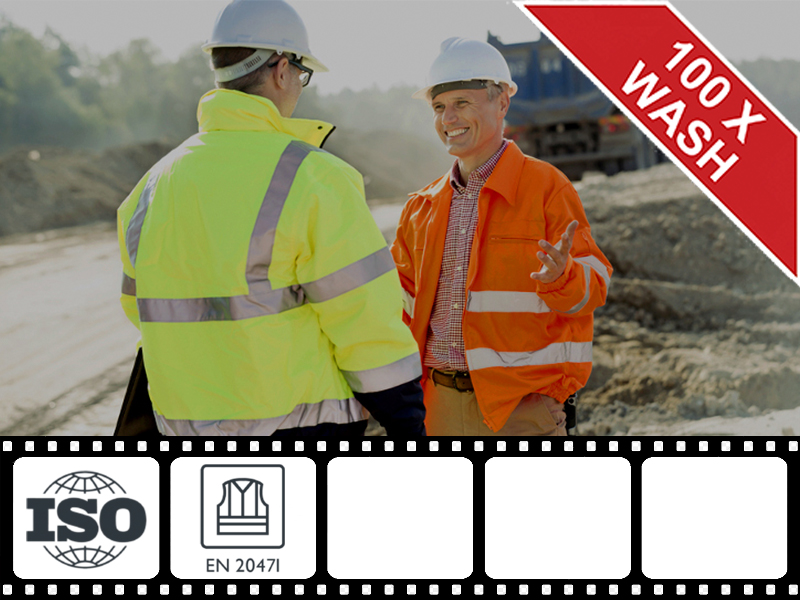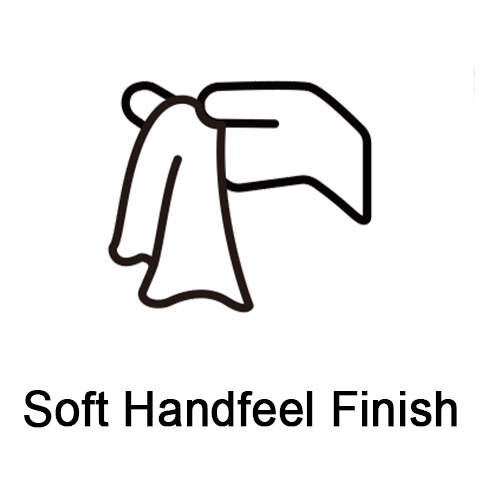High Vis Workwear Classes and Standards
2018-05-07
The level of protection you require depends on several factors including: natural and artificial lighting conditions, the effects or adverse weather conditions such as rain, fog and snow and any other factors which reduce visibility. In the north east, Most of these factors can occur in a single day.
In some environments, lighter levels of protection may suffice. In higher risk settings, a greater level of protection is essential. There are 3 classes of hi vis garment, categorized on the levels on protection they provide.
Class 3:
For high risk environments – e.g. for highway engineers or construction workers on sites with heavy moving machinery.
Minimum background material 0.8m2
Minimum retro-reflective material 0.2m2
Class 2:
Medium risk settings. May not include whole body coverage e.g. high vis vests without sleeves.
Minimum background material 0.5m2
Minimum retro-reflective material 0.13m2
Class 1:
For low risk environments with minimally reduced visibility and without heavy moving machinery or vehicles on site.
Minimum background material 0.14m2
Minimum retro-reflective material 0.10m2
Jobs that require Hi Viz workwear
Construction workers
Road construction site workers
Heavy equipment operators
Road surveyors
Utility workers
Policemen (particularly in traffic control or incident command situations)
Firemen
Emergency responders
Tow truck drivers
Crossing guards
Key Safety Points To Remember
Job Suitability
As with all PPE, high vis wear must be suitable for the job the worker is undertaking. Heavy coats may be too warm for intensive tasks, particularly in warmer weather. Loose clothing could become a snag risk around machinery. Where necessary, adapt to suit by considering alternative high vis options.
Comfort
If high vis clothing is uncomfortable or ill-fitting, it could become a hazard by restricting the user. Lack of comfort could also reduce compliance. Make sure you offer a range of sizes to suit all team members.
Compatibility
In situations when more than one type of PPE must be worn, it’s important that they not do not interfere with each other. For example, additional protection may be required for temperature hazards, fire risk or chemical exposure. When possible, look for high vis items which offer additional protection so multiple equipment doesn’t need to be worn.
Cleaning And Maintenance
Dirty or damaged high vis clothing will not offer the same level of protection. A regular inspection and cleaning schedule is essential. Remember not to use fabric softener or wash with abrasive items such as denim jeans as this can degrade high visibility material.
Overtime, regular washing will also reduce effectiveness. As a rule of thumb, good quality high vis will keep its effectiveness for up to 25 standard washes. A well organised storage space will help keep high vis in good condition.
Training
Appropriate training equips employees with the knowledge and skills to use high vis clothing correctly and make sure they know who to report defects to. An understanding of the risks will also improve compliance.
Compliance
Having the best high vis clothing in the world is no good if no one wears it. Site checks will help you monitor non-compliance issues. If a problem is discovered, make sure you get to the bottom of why it’s happening – is it unsuitable for the task, or perhaps too uncomfortable? Listen to your team rather than reprimanding without discussion.
Looking for high quality workwear fabric at exceptional value? Contact our office today to talk through your high vis workwear requirements: admin@hntytex.com.
.jpg)
Choose Tianyu, Choose Satisfaction, Choose Quality







